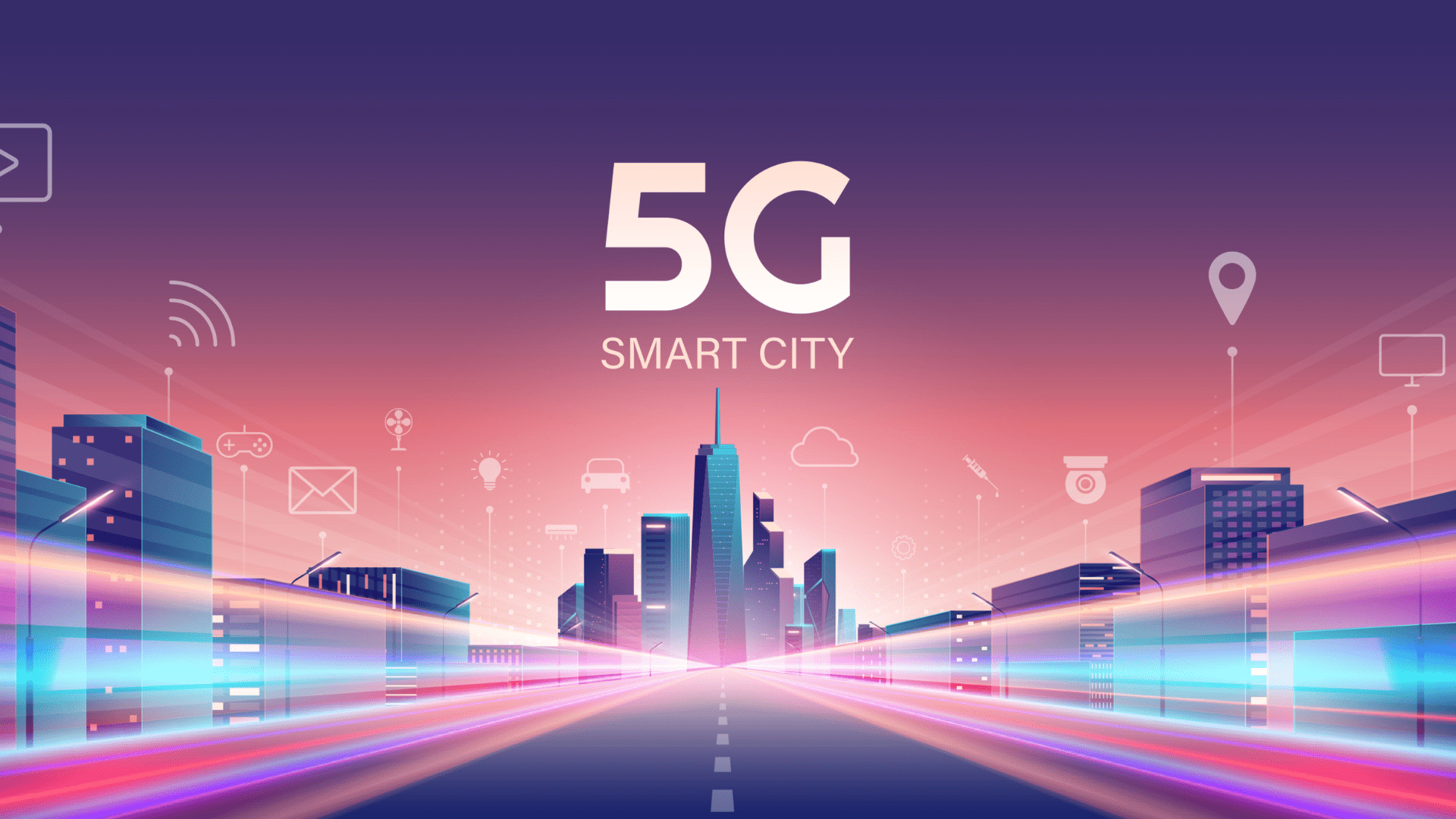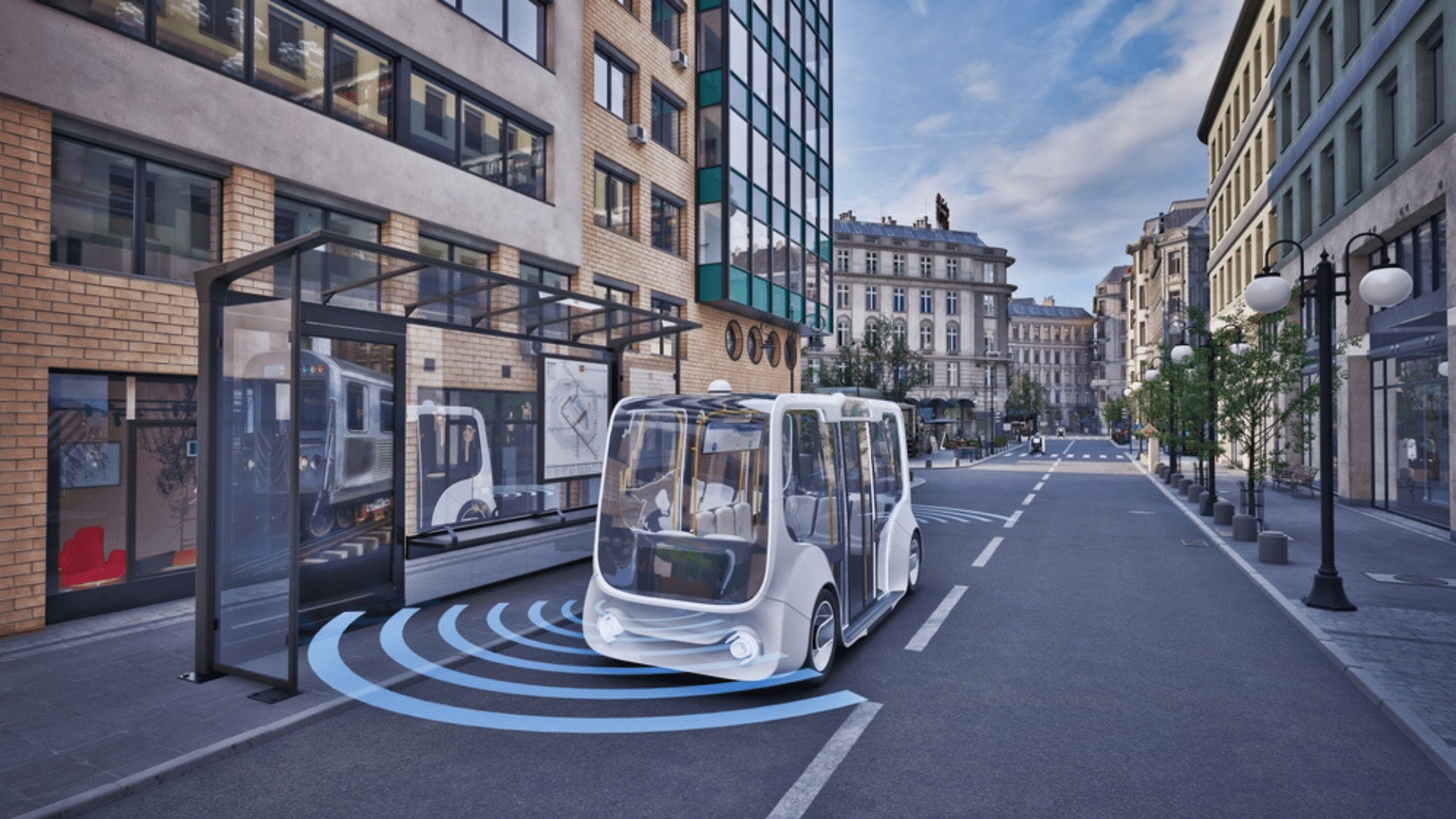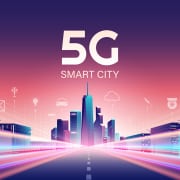Navigating the Future with 5G in Transportation and Autonomous Driving

Introduction: The 5G Revolution in Transportation
Its low latency and high bandwidth enable faster and more secure communication between cars and infrastructure, making 5G transportation a key change in transportation systems. Vehicle-to-Everything (V2X) connectivity improves with 5G. It enables interactions between vehicles, traffic control systems, and pedestrian devices for real-time autonomous driving decision-making. Along with 5G, Multi-Access Edge Computing (MEC) decreases reaction times and boosts edge processing capability. It upgrades traffic control efficiency and safety.
5G network slicing prioritizes emergency vehicle communications above data transmission. It assures timely delivery of critical messages for transportation network responsiveness and protection. So, 5G technology accelerates autonomous vehicle development and renders transportation more efficient and connected. This article discusses how 5G is changing transportation infrastructure to promote autonomous vehicle security and productivity.
Understanding 5G and Its Breakthrough Capabilities
5G Technology Advancements
5G technology is distinguished by its fast data rates, low latency, and increased network capacity. Ideally, 5G speeds may approach 10 Gbps, 100 times faster than 4G. Ultra-reliable low-latency communications (URLLC) are supported, with latency reducing from 50-100 milliseconds in 4G to 1 millisecond in 5G. Real-time applications need that quick data processing. The ability to connect additional devices simultaneously is another improvement. 5G can handle a million devices per square kilometer, compared to 100,000 for 4G. Wider bandwidths and refined antenna technologies, including huge MIMO, raise the number of simultaneous connections a network can handle without deteriorating performance.
Impact on Communication and Data Exchange
Consequently, these technological progressions impact how different industries communicate and share data. In 5G transportation, flawless and instantaneous connectivity helps develop autonomous automobiles and intelligent transportation systems. To make important driving choices, such vehicles, and systems must communicate and evaluate massive volumes of sensor data in real time. 5G’s eMBB speeds up video communications and streaming services for remote work and leisure. Telemedicine uses 5G’s low latency and great dependability for real-time remote diagnoses and surgeries. Emergency medical response may save lives, so this expertise is vital. In industry, 5G’s reliability and rapidity allow the IoT. It improves machine-to-machine communication and manufacturing and shipping processes.
5G in Transportation: Transforming Connectivity

Real-Time Data Transmission and Traffic Management in 5G Transportation
Real-time data transfer is essential for traffic management and smart infrastructure development with 5G transportation technology. 5G allows V2X connectivity for real-time traffic data sharing between cars and traffic control centers. The system cuts latency to 1 millisecond for instantaneous traffic and danger response. For instance, 5G experiments in Stockholm and Budapest enable dynamic traffic routing according to real-time congestion, weather, and accidents. In autonomous vehicle testing, including the 5G Ride project and ZalaZONE Proving Ground in Hungary, 5G transmits high-volume sensor data for accurate vehicle management and monitoring in complicated driving situations.
Global Implementations of 5G in Transportation Systems
5G transportation efforts are changing city transit and traffic management worldwide. In South Korea, 5G networks provide high-definition video streaming and real-time monitoring for bus and taxi fleets. It improves passenger safety and fleet management. China has used 5G to link buses in major cities to traffic lights. It decreases delays and streamlines traffic flow. The US is also pushing 5G transportation applications via enhanced autonomous vehicle communication system connection.
Undoubtedly, these concepts enable automobiles to connect with city infrastructure and other vehicles to alleviate congestion and simplify traffic. Apart from that, the 5G-Enabled Autonomous Driving Demonstration on Hungarian highways shows that 5G can manage high-speed vehicular network needs and provide strong communication between high-speed cars and roadside infrastructure.
Advancing Autonomous Driving with 5G
Critical Role of 5G in Autonomous Vehicle Development
5G provides the infrastructure for V2X communication between automobiles and road infrastructure for autonomous driving. It solves high-speed data transmission and ultra-reliable low-latency communications problems to enable the shift from human-operated to completely autonomous vehicles. For real-time analytics and decision-making in dynamic driving scenarios, 5G networks provide 1-millisecond latencies and 99.999% reliability.
According to Zsolt Szalay et al., 5G Non-Standalone Architectures allow real-time communication between vehicles and their digital twins. It increases situational awareness and reactivity to real and virtual stimuli. 5G allows autonomous cars to analyze and respond to massive volumes of sensor and camera data without delay. It enables continuous data transmission across mobile networks with faster throughput rates than previous generations.
Enhancing Safety Protocols and Decision-Making in Autonomous Driving with 5G
The low latency and great data throughput of 5G help advance autonomous vehicle safety and decision-making. Speedy 5G data processing is necessary for split-second decisions that save lives and enhance traffic safety. Scenario-in-the-loop (SciL) testing methodologies, which use actual and simulated inputs to assess vehicle reactions under different scenarios, depend on 5G’s instantaneous connection.
In practice, this technology lets autonomous cars execute difficult movements, including automated braking and obstacle avoidance, with accuracy. Superior traffic management capabilities in 5G transportation systems can instantly adapt to changing circumstances while cutting congestion and expanding road network efficiency.
Data shows that 5G may reach end-to-end latencies under five milliseconds in real life. It increases vehicle response to environmental changes and traffic management system commands. Intelligent transportation systems, which link vehicle communication with urban infrastructure, might broaden the possibilities of smart cities with this technological progress.
FIC’s Products Using 5G Technology
FIC’s vehicle solutions leverage 5G technology to create a highly connected and intelligent driving environment. The AR HUD integrates with the vehicle’s dashboard to provide real-time navigation suggestions and traffic updates directly in the driver’s field of vision. Utilizing laser beam scanning, the AR HUD offers clear and bright visual cues even in strong sunlight, projecting information from 3-50 meters with a wide field of view of 6-42 degrees for enhanced driver awareness and safety.
The Digital Cluster uses advanced LCD technology to display rich 2D and 3D visuals, improving the driver’s interaction with the vehicle’s operational status and entertainment systems. With 5G integration, these technologies enable real-time data transmission for dynamic car diagnostics, advanced driver assistance systems (ADAS), and seamless vehicle-to-vehicle communication.
FIC’s products comply with ISO 16750-2 and SAE J1455 standards, ensuring reliability and safety in various operating environments. By incorporating 5G, FIC optimizes vehicle operations, enhancing the interaction between in-car systems and external information for real-time communication, remote services, and potential vehicle metaverse applications.
Keep up with automobile technology by investigating FIC’s new 5G transportation solutions.





